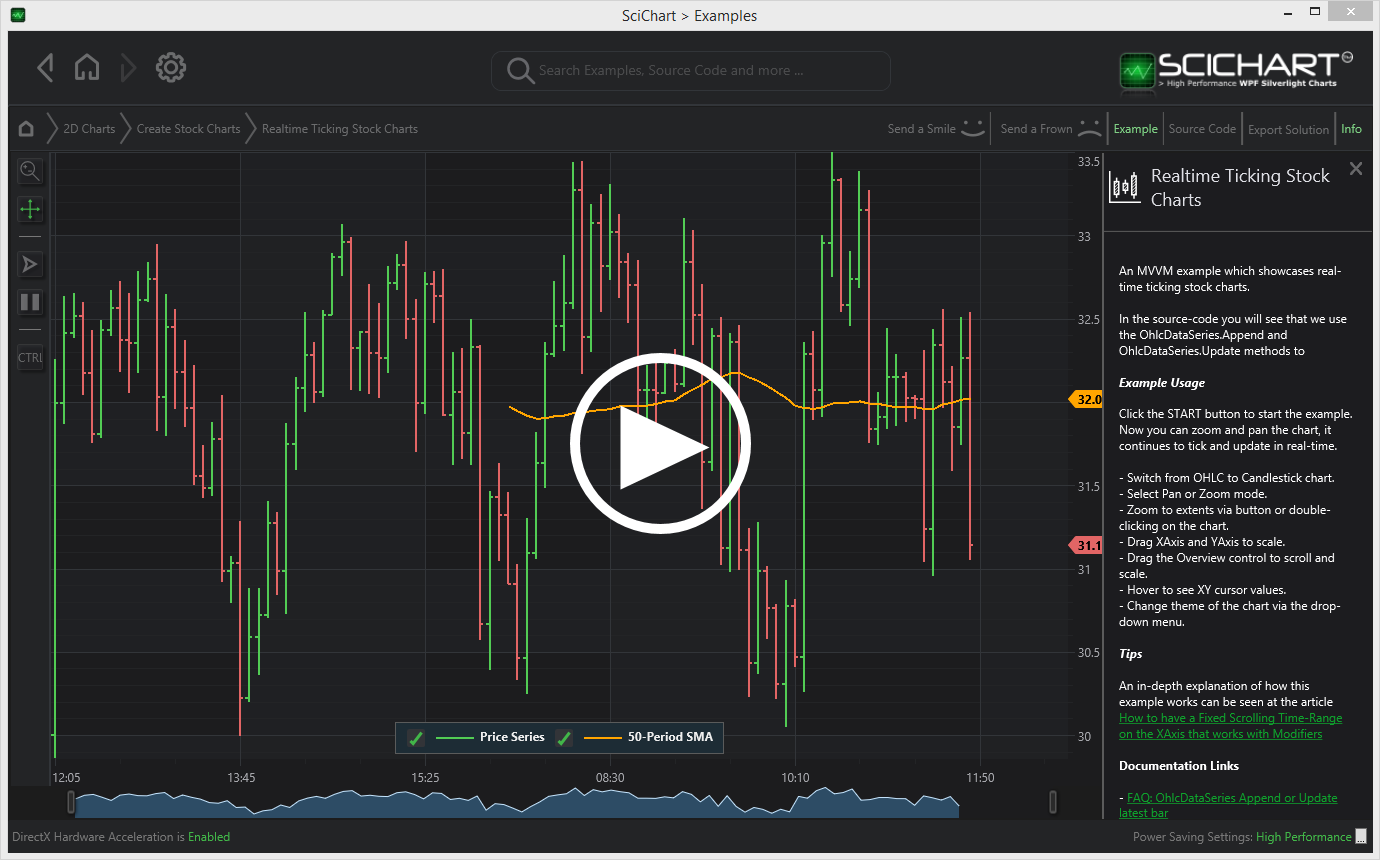
#Photo supreme vs open source professional#
As long as Photoshop allows users to produce professional results at an affordable price, it will remain in demand among businesses and individuals alike. This generates a greater sense of accomplishment while also saving money. There will always be individuals and companies that have the money to hire a professional design firm, but there will always be those who are interested in doing the job themselves. This can positively impact your budget if you don’t need to spend money on outside design help or even in-house photo editors, you can allocate those funds to another area in your business. Just like anything, there is a learning curve, but you’ll eventually become proficient in it. Photoshop can turn a beginner into an expert in no time at all.

Professional results at a fraction of the cost It also gives Adobe an incentive to keep upgrading the platform and innovating. The more people who understand and fall in love with the software, the more likely it is that it will stay relevant in the future. These types of courses help keep Photoshop relevant.


If attending an institute of higher education doesn’t suit your budget, schedule or inclination, there are many online resources that can help you learn this software. For example, many colleges and universities throughout the United States offer Photoshop courses. Can the same be said for its competitors? Definitely not. You can learn Photoshop in a formal or informal environment. These tools also come in handy for beginners.
#Photo supreme vs open source software#
The software also has preset filters, brushes and layers to expedite retouching. The more experience you have, the faster you can move. Fortunately, Photoshop allows you to edit images in a fast and efficient environment. However, your creative needs might be time-sensitive, and some design professionals don’t have hours to edit one photo. It’s about the journey, not necessarily the finished product, and how they can apply new skills to future projects. They enjoy learning and the creative process. They upload images, edit them, delete them and start all over. Some people don’t mind dabbling in Photoshop for hours on end. While PSD is master file type, these are some other file formats Photoshop can work with and export:Īs part of Adobe Creative Suite, Photoshop makes it easy to create and share files, or elements of files, with other Creative Suite applications like InDesign and Lightroom. Photos aren’t the only format Photoshop can handle. Photoshop supports many file types and invites collaboration, ensuring accessibility to every designer on your team. With style presets, creating consistent brand assets is a breeze. Photoshop gives you the ability to customize photos, graphics and more to fit your brand’s specific needs. Whether you’re in manufacturing, the restaurant industry or automotive sales, your business can likely benefit from using Photoshop.

What are the benefits of using Photoshop? Starting at $20.99 per month, a Photoshop subscription includes the software for desktop and iPad, a version for mobile devices, the Adobe Fresco app for drawing and painting, and 100 GB of cloud storage. As proof of its usability and popularity, consider this: More than 90% of the world’s creatives use Photoshop, according to Adobe. However, Adobe (and many industry professionals) offers resources and step-by-step guides to accomplish a variety of projects. Photoshop can take time to learn because of the breadth of its functionality. Collaborative functions to share designs with a team.Hundreds of brushes for unique digital calligraphy.Retouching and remixing tools to level up your photography.Content-aware fills to change the color of drawn lines.You can expect these assets in all Photoshop software: The all-in-one tool includes a variety of functions and features for drawing, editing and producing. Photoshop is software that offers a virtually limitless opportunity to create digital art, from simple social media posts to billboards. The first version of Photoshop was created in 1988 by brothers Thomas and John Knoll.


 0 kommentar(er)
0 kommentar(er)
